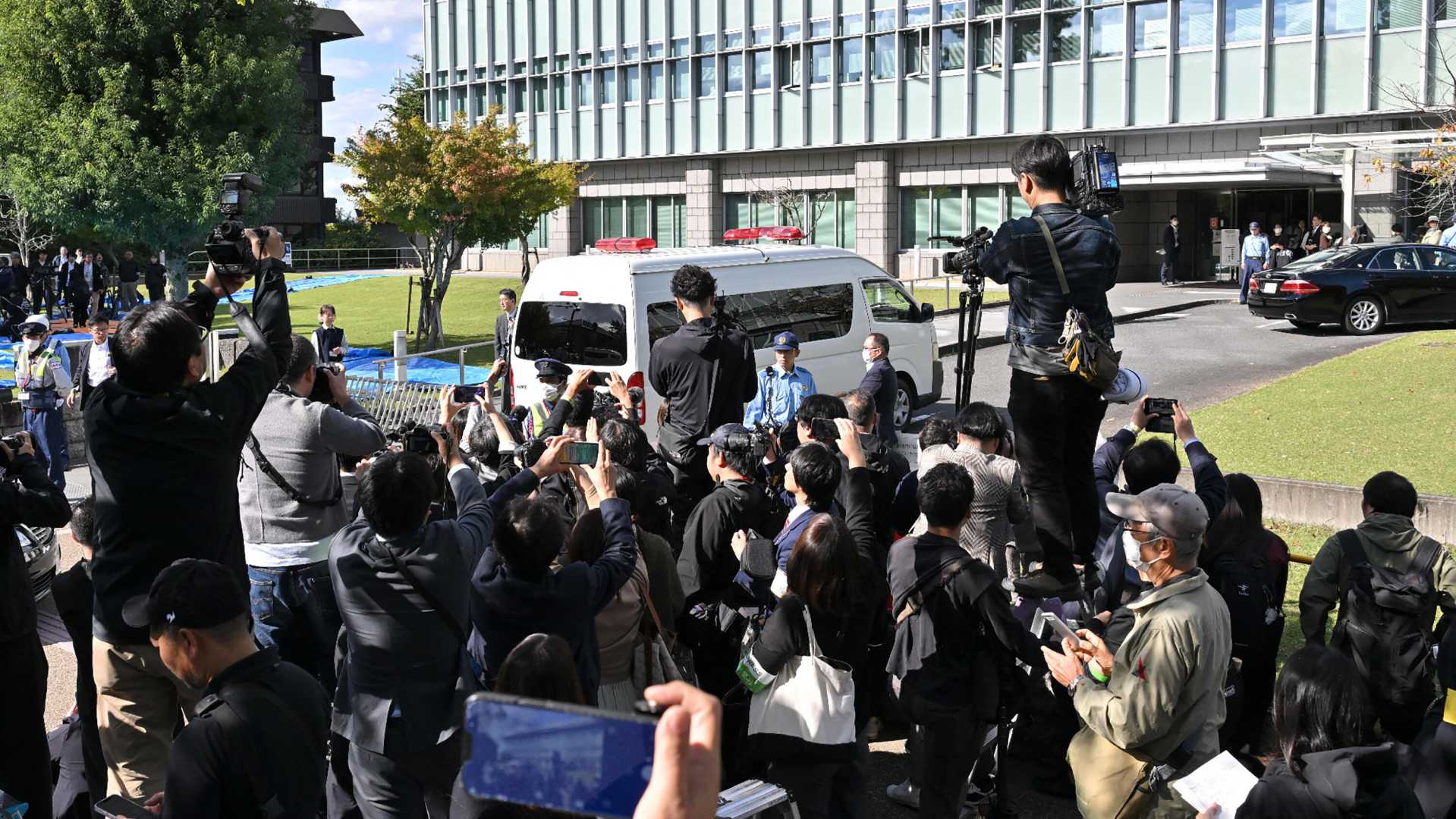News
Man Pleads Guilty to Murdering Japan’s Former Prime Minister Abe

NARA, Japan – Tetsuya Yamagami, the man charged with shooting and killing former Prime Minister Shinzo Abe in 2022, pleaded guilty to murder on Tuesday. Yamagami, 45, admitted to all charges during his trial at the Nara District Court, stating, “Everything is true. There is no doubt that I have done all this,” in a subdued voice.
Abe was assassinated while delivering a speech during an election campaign in Nara on July 8, 2022. Yamagami was apprehended at the scene with a homemade firearm, a fact that has raised concerns regarding gun control in Japan.
The motives behind the assassination reportedly stemmed from Yamagami’s anger over Abe’s connections to the Unification Church, also known as the Moonies. Yamagami’s mother allegedly donated 100 million yen (approximately $663,218) to the group, which led to financial distress for Yamagami’s family.
During the trial, Yamagami’s defense team indicated they would contest related charges including violations of Japan’s strict arms control laws. After a period of growing public scrutiny and disturbance in the political sphere, more than 100 lawmakers from Abe’s Liberal Democratic Party faced scrutiny due to their ties with the church.
The trial is set to continue with 17 more hearings scheduled before a final verdict is expected on January 21, 2026. The courtroom session drew significant attention, with an estimated 700 individuals vying for 32 seats allocated via lottery.
Following the assassination, investigations revealed the church’s influence within Japanese politics, prompting significant controversy and leading to the resignation of four ministers. Earlier this year, the Tokyo District Court ordered the dissolution of the church’s Japanese arm due to societal harm.
Gun violence remains rare in Japan, prompting calls for stronger regulations. The country has been working to tighten laws against homemade firearms after the incident, emphasizing the gravity of the event on public safety.












